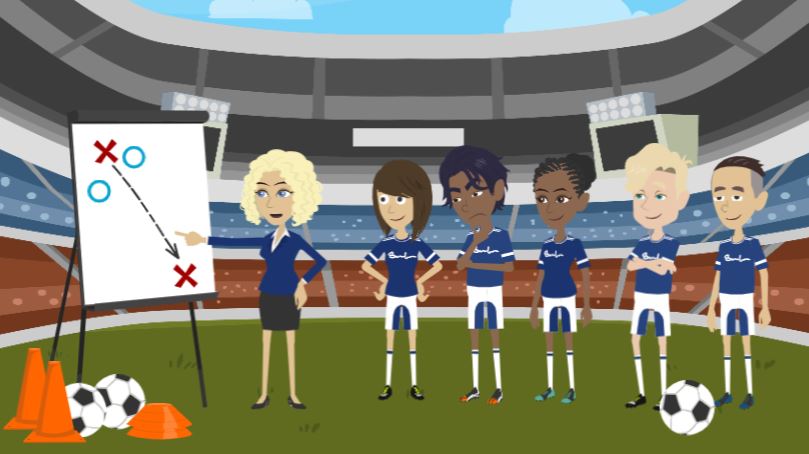Around the middle of August, you should be drafting objectives for the coming year. It will depend a little on your role, but somewhere around 5 is the perfect number.
Draft your objectives and bring these to a scheduled one-to-one in late August or early September, where you and your line manager can discuss, agree and finalise the objectives for the coming year. You can find out more about the online form for recording objectives here.
Remember that the objectives should be SMART so that you know they are actually achievable and so that you can measure progress across the year.
Well written, co-created objectives give you both clarity on what is expected by when and how.
As we said above, a very helpful way of setting goals like this is the SMART model. Using this approach will help ensure that goals are clearly understood and successfully achieved:
- Specific. Objectives should specify exactly what you should be able to achieve. There should be no vague or ambiguous language.
- Measurable. It should be possible to measure objectively the progress made against objectives.
- Achievable. You should be able to achieve your objectives. Setting unrealistic targets will ultimately frustrate and demotivate you. However, this does not mean that they should be simple; they should be challenging and stimulating.
- Relevant. Objectives should have a clear purpose or benefit, and should be relevant to your work and job role.
- Time-bound. You should know how long you have to complete your objectives and/or the milestones that will get you there.
In terms of how to create objectives that are SMART, the video below will give you an overview of what SMART objectives look like.
 Setting SMART goals and objectives
Click on the video above to find out more about SMART goals and objectives and how to set them. Captions are enabled.
Setting SMART goals and objectives
Click on the video above to find out more about SMART goals and objectives and how to set them. Captions are enabled.
What are the steps in the process?
Essentially the steps to complete for objectives are:
- Draft your objectives for the coming year
- Share them with your line manager and discuss and finalise them at a one-to-one in late August or early September.
- Check in on progress against your objectives with your manager regularly across the year.
- At around the half-year mark in February, discuss your objectives and your progress with your line manager and see if any of your objectives need adjusting.
- Review and record progress in your end of year review meeting in June or July of next year.

What if my role has standards rather than objectives?
Standards are generally more relevant for roles where there are routine tasks and/or repeated tasks and ongoing performance criteria to be met time and again. These are usually easily measurable in terms of has the standard been met or not.
Objectives are generally more for roles where there is less routine and fewer repeated teaks and where the work likely has a strategic link or focus. Objectives may be much harder to measure progress against, especially if badly stated.
The process for setting standards is the same as that for setting objectives, and for most standards, you can still make them SMART by focusing on exactly what you are doing, how and by when.
If you are not sure about standards or objectives for your role, please do talk to your line manager.

What form should I be using to set objectives/standards
You can find the relevant form in the reviews tab of MyHR.
What's the benefit of setting objectives/standards to me?
Remember that regardless of whether it is standards or objectives, setting goals for your year ahead will help you and your team to:
- Be clear about what is required – the outcomes, results or changes and thus stay on track.
- Prioritise activities and workloads by focussing on the most important or significant goals before others.
- Determine the resources required to complete a task.
- Assess options and choices that arise as a task or project gets underway.
- Measure success.
- Gain a sense of achievement and fulfilment.
We hope this page helps get you ready for a really successful year ahead, but if you have specific questions about objective setting, contact us at Organisational Learning at hr.learning@lse.ac.uk .